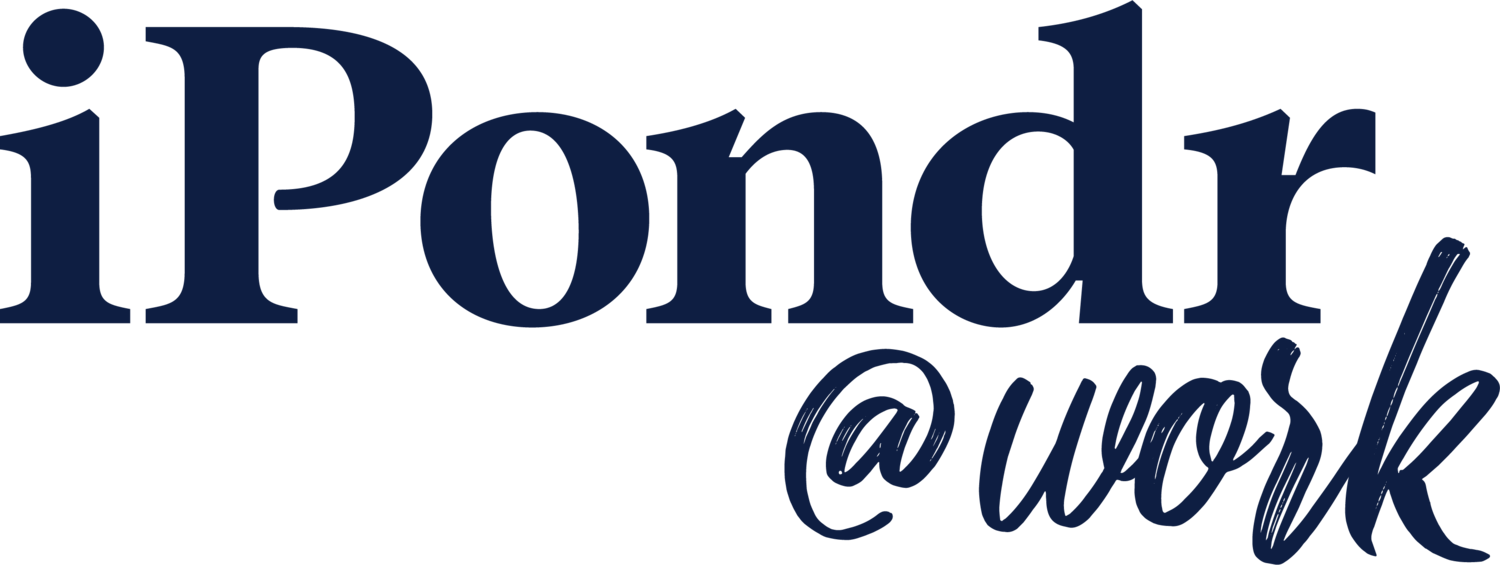Disability and Accessibility in the Workplace
What is DEI?
Diversity, equity, and inclusion programs are an integral part of maintaining the health of your workplace culture. These initiatives are designed to create an inclusive, welcoming environment for every employee. While DEI often focuses on racial and gender equity, there are also issues to be addressed for communities with disabilities.
Disability in the workplace
Providing adequate accommodations for groups with disabilities can greatly reduce work-related stress and improve productivity and overall health and happiness. During the Covid-19 pandemic, many companies began providing more job accommodations which improved work-life for individuals with and without disabilities.
Ashley Shew, an associate professor researching representation of disabled people in technology at Virginia Tech, reflects on the changes during the pandemic: “The access disabled people have been wanting for so many years is now in place, and we were told that it was impossible and inconvenient. Now that everyone is inconvenienced by a pandemic, this becomes standard.” The changes that came about in the pandemic are a positive step in the right direction, but more can be done to prioritize the needs of those with disabilities.
History of disability in the workplace
The Americans with Disabilities Act was passed in 1990 and prohibits discrimination on the grounds of disability. Although this Act specifically referenced employment discrimination, the unemployment rate for those with disabilities is still significantly lower than the abled-bodied population.
As of 2020, 17.9% of people with disabilities were employed, compared to 61.8% of those without disabilities.
Improving education and accommodations around these topics can help combat this inequality, and help decrease the unemployment rate for those with disabilities. Reducing the stigma around disability can also increase self-identification in this regard, and improve the opportunities for accommodations. Employee engagement and job satisfaction is historically lower for disabled communities, often due to a lack of emotional and structural support.
Disability awareness is especially important when so many disabilities are considered “invisible”. According to a recent study, those with “very apparent” disabilities were more likely to disclose their circumstances than individuals with “less apparent” disabilities. By creating a welcoming and inclusive environment for all employees, regardless of demographic or disability status, improvements can be made for those who need them.
Improving your work environment
In creating a welcoming environment for all employees, it is important to find out what changes can be made to improve workplace culture at your company.
1.Communication
A recent study noted that many people with disabilities felt more comfortable disclosing their status to their employer if they felt respected, understood, and valued. As a leader in the workplace, you can make significant changes by reaching out and giving your employees the space they need to discuss any accessibility accommodations they require. Emphasizing policies which advance and retain employees with disabilities will encourage others to come forward and further a culture of inclusion and care.
2. Education
Education is important for all those involved with hiring and working alongside those with disabilities. Educating leaders and managers about the stigmas and lack of opportunities that disabled communities face can help combat the historical discrimination. Including disability awareness training in your DEI initiative is crucial to its success.
Reaching out to applications with disabilities and encouraging them to apply will show your applicant pool, and your current employees, that you value each individual in your organization, regardless of ability status. Including people with disabilities in job training and mentoring programs can also improve representation and inclusion. Flexible work schedules, and allowing employees to continue to work from home even after the pandemic, can reduce work-related stress while simultaneously supporting those with disabilities.
3. Accommodations
Studies show that implementing accessibility accommodations, most frequently updating equipment and offering flexible work schedules, can have tangible and positive benefits. As a result of these accommodations:
Team-members rated interactions with coworkers more positively
Company morale was increased
Company's overall productivity was increased
Workplace satisfaction increased
Implementing a focus on disability awareness in DEI initiatives and workplace and orientation training is the first step towards making your workplace a more equitable space for all. Fostering empathy in the workplace will not only improve morale and employee retention, but it will also improve productivity. These steps can bring us all closer to a culture of care.
This article is brought to you by iPondr@Work. Be sure to check out our website for more information on diversity in the workplace.


